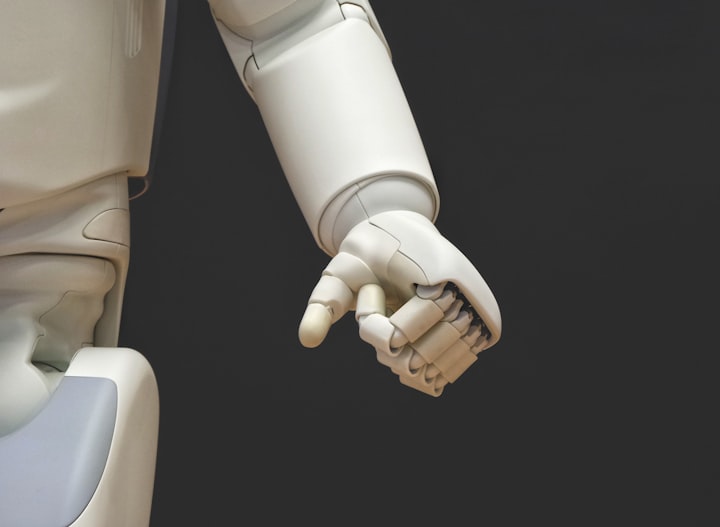The Rise of Artificial Intelligence: What You Need to Know
Exploring AI's Impact on Daily Life and Science

Artificial Intelligence (AI) is a rapidly growing field that has the potential to transform many industries, including science. In this blog post, we will explore what AI is and how it works, as well as some examples of AI in daily life and in science.
Section 1: What is AI?
AI refers to the ability of machines to perform tasks that typically require human intelligence, such as learning, problem-solving, and decision-making. AI systems use algorithms, data, and computational power to mimic human intelligence and improve their performance over time. Unlike traditional computing, which involves programming a computer to perform a specific task using a set of pre-defined rules, AI systems use machine learning algorithms to learn from data and improve their performance without explicit programming.
One important aspect of AI is its ability to learn from data. Machine learning algorithms can identify patterns and relationships in large datasets that may be difficult for humans to recognize. These algorithms can then use these patterns to make predictions or recommendations. For example, machine learning algorithms can be used to predict which customers are more likely to purchase a certain product, or to identify potential fraudsters in financial transactions.
Examples of AI applications include personalized product recommendations on e-commerce websites, facial recognition technology used for security purposes, and voice assistants like Siri and Alexa. In science, AI has many potential applications, including drug discovery, materials science, and climate modeling.
Section 2: AI in Daily Life
AI is becoming increasingly prevalent in daily life, with many products and services using AI to improve their performance and provide a better user experience. For example, voice assistants like Siri and Alexa use natural language processing algorithms to understand and respond to user requests, while personalized product recommendations on e-commerce websites use machine learning algorithms to suggest products that users are more likely to purchase.

AI is also being used in the field of healthcare to improve patient outcomes. For example, machine learning algorithms can be used to analyze medical images and identify potential health risks or diagnose diseases. AI can also be used to predict which patients are more likely to experience complications or to develop certain conditions, allowing healthcare providers to intervene early and provide more effective treatment.
However, there are also concerns about the impact of AI on society and the workforce. One concern is that AI could automate many jobs, leading to unemployment and economic inequality. Another concern is the potential for bias in AI algorithms, which can perpetuate and even amplify existing social inequalities. For example, facial recognition technology has been shown to be less accurate when used on people with darker skin tones, leading to concerns about racial bias in law enforcement and other applications.
Section 3: AI in Science
AI has many potential applications in science, particularly in the field of Chemistry. For example, AI can be used to predict the properties of molecules and identify potential drug candidates, as well as design new materials with specific properties, such as lightweight and durable materials for aerospace applications.
One important application of AI in Chemistry is in drug discovery. Machine learning algorithms can be used to analyze large datasets of molecular structures and identify potential drug candidates based on their predicted properties. This can significantly reduce the time and cost involved in drug discovery, as well as increase the chances of success.

However, there are also limitations to using AI in scientific research. One challenge is the need for large amounts of high-quality data. Machine learning algorithms require large amounts of data to learn from, and in some cases, this data may not be readily available. Another challenge is the potential for bias in the algorithms used. For example, if the dataset used to train a machine learning algorithm is biased in some way, the resulting algorithm may perpetuate that bias.
Conclusion
In conclusion, AI is a rapidly growing field that has the potential to transform many industries, including science. By understanding what AI is and how it works, we can better appreciate the impact of AI on our lives and the world around us. While there are concerns about the impact of AI on society and the workforce, there are also many potential benefits to using AI in various industries, including science.
In the next lesson, we'll explore how AI is used in Chemistry specifically, and how it can be used to predict the properties of molecules and design new materials. Stay tuned! This article was created for Educational purposes with the assistance of chatgpt.
About the Creator
Oscar Opten
Behind a veil of anonymity, a guide to the mysteries that lurk in the shadows. Join us on a journey to unravel the unexplained and expand your mind.





Comments
There are no comments for this story
Be the first to respond and start the conversation.